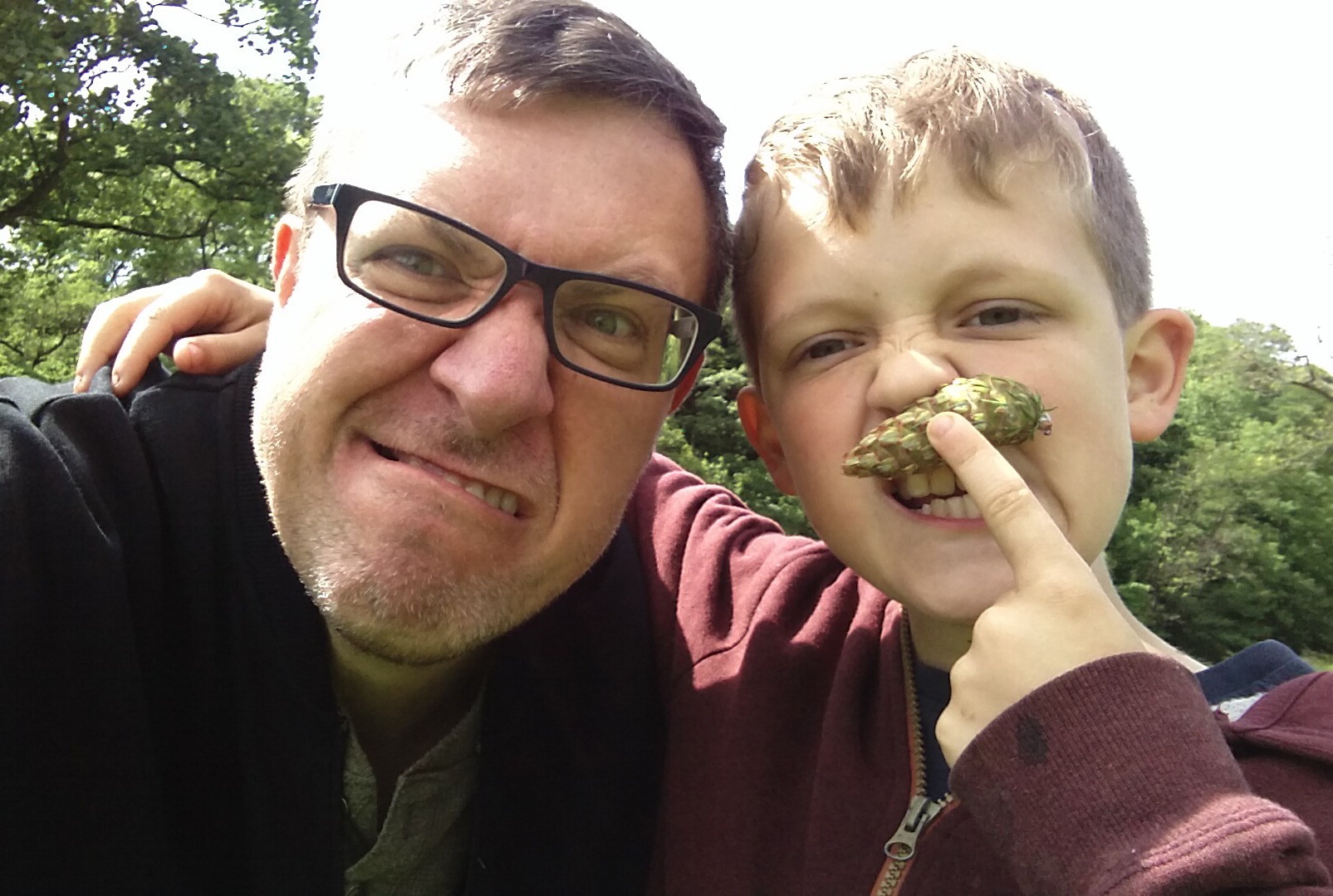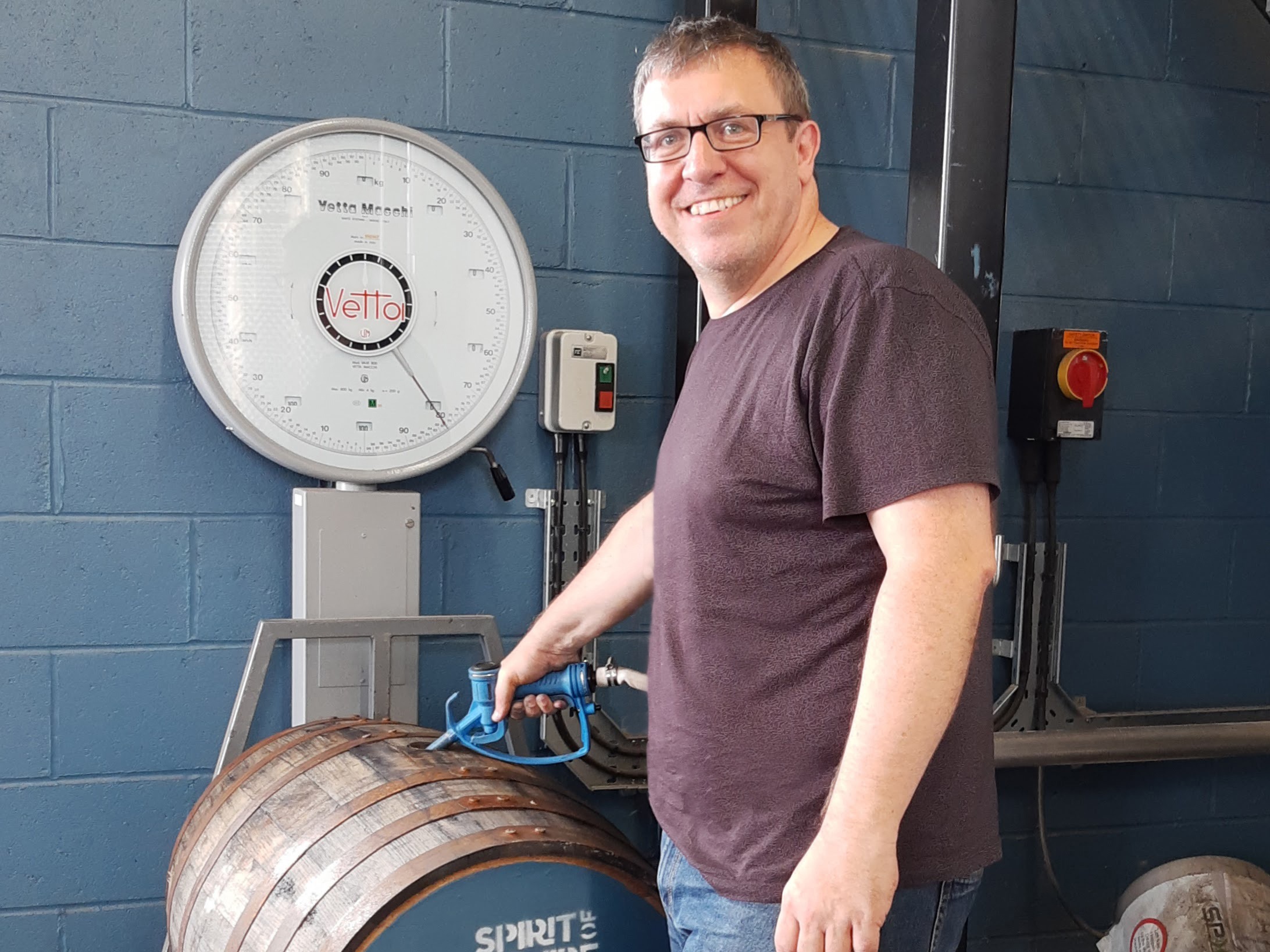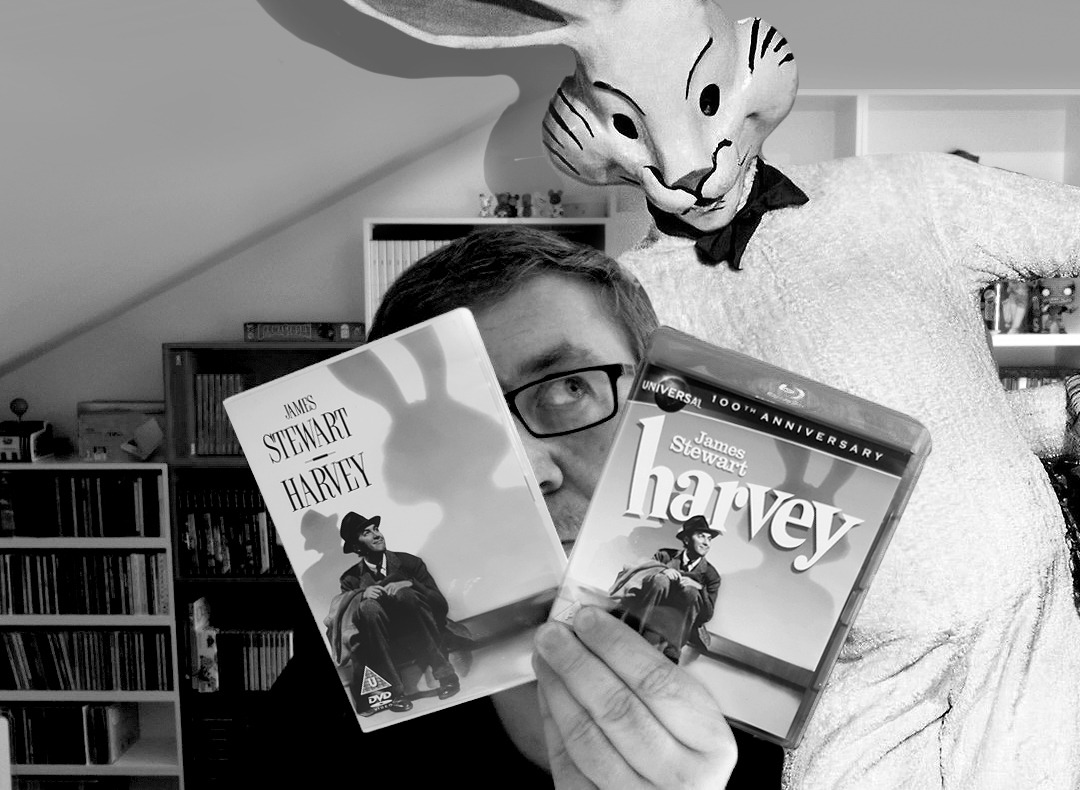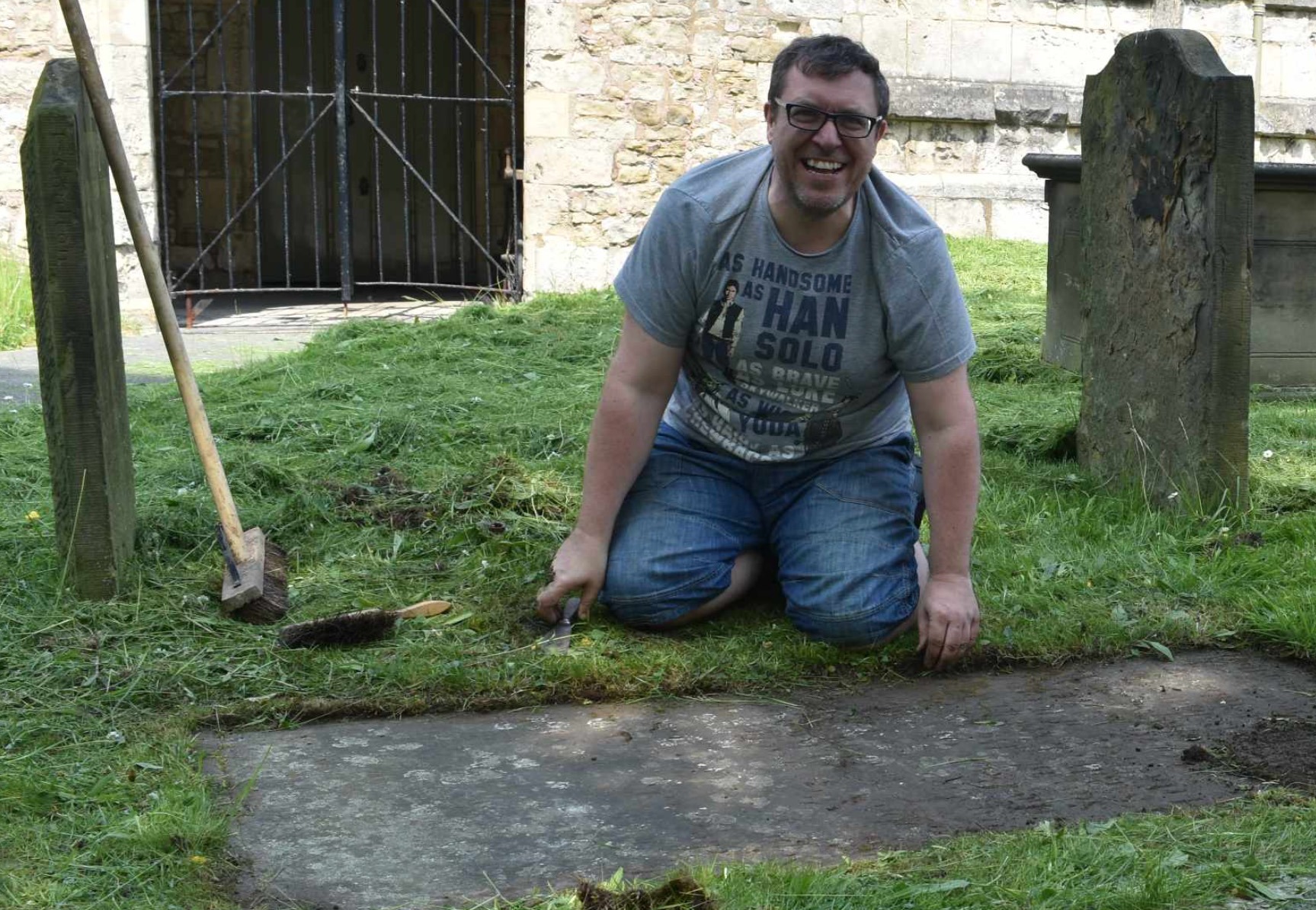I never really intended to go into the creative sector. You don’t often know what you want to do as a teenager – in fact really all I wanted to do was get out of school. Due to me not paying attention in most lessons (usually doodling or drawing) and school worrying about my career prospects, an over-eager careers advisor suggested I focus on Science as that’s what I was good at. Keep drawing as a hobby they said. Never one to follow the rules, I knew there and then exactly what I was going to do! Next stop was Art College (
Jacob Kramer). This was so different to school and let me really explore the creative world. From this point I never looked back. It’s also where I met
Simon Turner and where the sparks of Spiral started. After college, I took on a role as a junior in a studio called PFB Art & Type. I accepted every challenge, never said no, and worked some crazy hours (often first in or last out). I loved everything about the job and realised I’d made the right move.
You should be able to listen. The client usually knows what they need – just not necessarily how to explain this, or what it should look like, or what form it should take. You need to use any criticism of your work as a chance to improve it. You’ve got to be flexible too. Sometimes projects change and cause problems with deadlines or budgets. How this is solved is down to your ability to mix it up. The client’s not interested in the problem, give them an alternative solution. You should also be brave and challenge what is asked for. Starting at the end, with what’s really needed, will often allow you to challenge the brief and create what are
smarter communications for the client. But don’t just challenge for the sake of it.
You always start with the budget. There’s a possibility that more exploration and experimentation will increase the initial cost or slow down production – but it could also lead you to a more cost-effective or efficient solution in the end. Sometimes I’ll price the concept piece separately, creating space to do that exploratory work. If it doesn’t work for that project and isn’t used, you’ll often be able to revive these ideas on a later project.
I started out as a designer working on an actual drawing board. No Macs and no Google. You learn to take in everything around you. It’s part of being inquisitive. Magazines; posters; TV; packaging; architecture. I’ll often wander off (I’m really bad in big cities) because I’ve seen something that interests me – or I’ll go out of my way to find something I want to see. I have an office full of bits and pieces (‘junk’ as the wife calls it) that I’ve found or bought over the years. I don’t deliberately follow the trends – but stuff sticks in my head and often turns out to be a trend further down the line. Trends tend to be faddish and specific to brands or audiences. Although some elements, like trending colours or imagery, may proliferate into wider use. Simplicity is usually the key to timeless and enduring design. But, as with all design, it’s totally subjective to you as the viewer.
Typography definitely plays a part. With a logo or a brand, typography can help you create something distinctive and recognisable. But there’s a lot of things you have to consider when choosing the right typeface. It’s not just about looks. You’ve got to think about whether a particular font is readable across different media, fits accessibility guidelines and has the availability and cost to suit your client. You’d never really say a font isn’t usable, as all typefaces have a place. For example, a financial periodical and a celebrity gossip magazine have two very different approaches to their typography. Who’s to say which is best?
I’ve managed many complex projects, often with lots of different stakeholders and marketing/comms managers. The key is being prepared. I love spreadsheets – and using tools like this to build project schedules and management sheets should be part of your everyday process. This, along with regular meetings and video-calls to keep the client informed – as well as timely, constructive chasing when needed.
Personally, I like to be in the office. You get to see more of the team and pick up on any motivation or engagement issues. I prefer a hands-on approach to design and artwork production, so I understand many of the challenges the team face straight away. For me, it’s about being there when the team needs you – but not getting in their way when they have it sorted. A lot of the team like to work from home a few days a week – so you have to take an online approach to support too. That means being available digitally – whether it’s a video-call via Google Meet or a quick message on WhatsApp. In-person team meetings are still great when discussing bigger design projects – particularly for brainstorming sessions or professional development. We introduced ‘Workplace Wednesdays’ where we’re all in the office, which are a great opportunity for these kinds of collaborations.
Harvey (1950). As a kid, during those long, rainy British ‘summer’ holidays, all that was playing on the three-channel TV was old black and white movies. There was just something about this one movie that stuck with me. Jimmy Stewart’s portrayal of the character Elwood P. Dowd and his brilliant interactions with the imaginary pooka, Harvey. I last watched it with my youngest son, wondering if time had taken away any of the charm. It seems not.
I don’t really have one particular favourite hobby. But, as a designer, I find you’re constantly intrigued by lots of different activities or hobbies – often sparked off by or related to projects you’re currently working on. The one I often come back to (and has probably sapped the most of my free time over the years) is family history. It’s a huge, never-ending project with lots of researching, spreadsheets, exploring, digging around in graveyards (not literally) and photographing gravestones (there’s some lovely typography on some of the gravestones). I’ve been rewarded with meeting long-lost relatives, both in person and online. I’ve heard some fantastic stories of relatives who’ve been rescued from a shipwreck, were involved in the founding of
Salt Lake City, rode with ‘Buffalo’ Bill Cody and sat as the oldest Lord Mayor of London!
My seven-times Great Grandfather, Richard Maxfield. I have so many questions.
Don’t eat owt bigger than your head. What more can I say?



